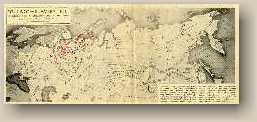|
Forced Labor Camps in the Communist Countries
Every assumption of power by communists was accompanied |
| Scroll
|
| Location of labor camps in the USSR published by an American publishing house, based on Polish sources including: 14,000 afidavits, original lists, and documents collected by the army of General Anders. [HU OSA 300-50-1] |
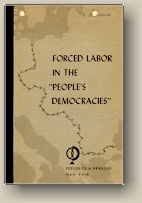 |
Click country above to see a map |
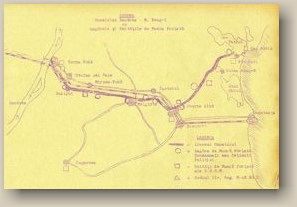 |
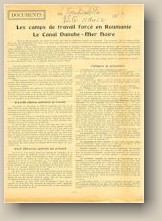 |
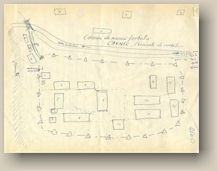 |
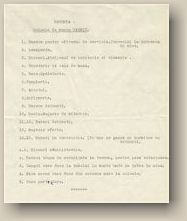 |
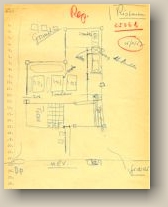 |
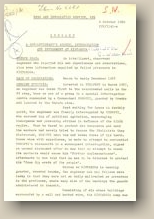 |
||||||||||||
| The American publisher wrote the following caption under the map: "We will give $1,000 to anyone who can prove that these documents are fakes. We have not yet heard from anybody to whom this publisher would have to pay the $1,000." | Forced Labor Camps in the "People’s Democracies" [HU
OSA 300-9] contains maps and systemized data about multiple camps and
represents an analysis of the forced labor system in these countries. |
Map of the Danube-Black Sea Canal, a Romanian counterpart of the White Sea Canal [HU OSA 300-60-1] | Article from the November 15, 1952 issue of Le
Syndicaliste Exilé, published by the Centre International des
Syndicalistes Libre en Exil, which gives an accurate and up-to-date
description on the numerous forced labor camps along the Danube-Black
Sea Canal in the period 1949-1951 [HU OSA300-60-1] |
Map and explanation made by a prisoner of CAVNIC, a forced labor camp in Northern Transylvania, Romania, around 1956 [HU OSA 300-60] | Sketch of an internment camp at Kistarcsa, Hungary. Before the Revolution of 1956 the camp served as a labor camp and then was turned into an internment camp for revolutionaries. [HU OSA 300-40-3.Item 2506b] |
Personal story reported by a Hungarian revolutionary
about his arrest, interrogation and internment at the Kistarcsa camp, in
Hungary [HU OSA 300-40-3 Item No 5081] |
||||||||||||||
| The Soviet Union and other Communist
countries denied the existence of forced labor within their borders,
calling them instead "corrective" and "re-educational" camps. In
reality, these camps were used as a means of political coercion and
punishment for those holding or expressing opposing political views.
On the other hand, prisoners of these camps had significant economic
importance in the planning and implementation of the economic
development plans of all communist regimes. The prisoners were
administratively assigned to those sectors of the state development
plans where manpower was in short supply. |

[HU OSA 300-8].
Conditions in these forced labor camps varied from fair to incredibly bad, many camps earned the reputation of being "death camps" because of hight mortality rates due to the amount of labot exacted, and the brutal conditions under which it was performed. Hunger, brutality, fear, and death were companions of the forced laborer.
|
|
